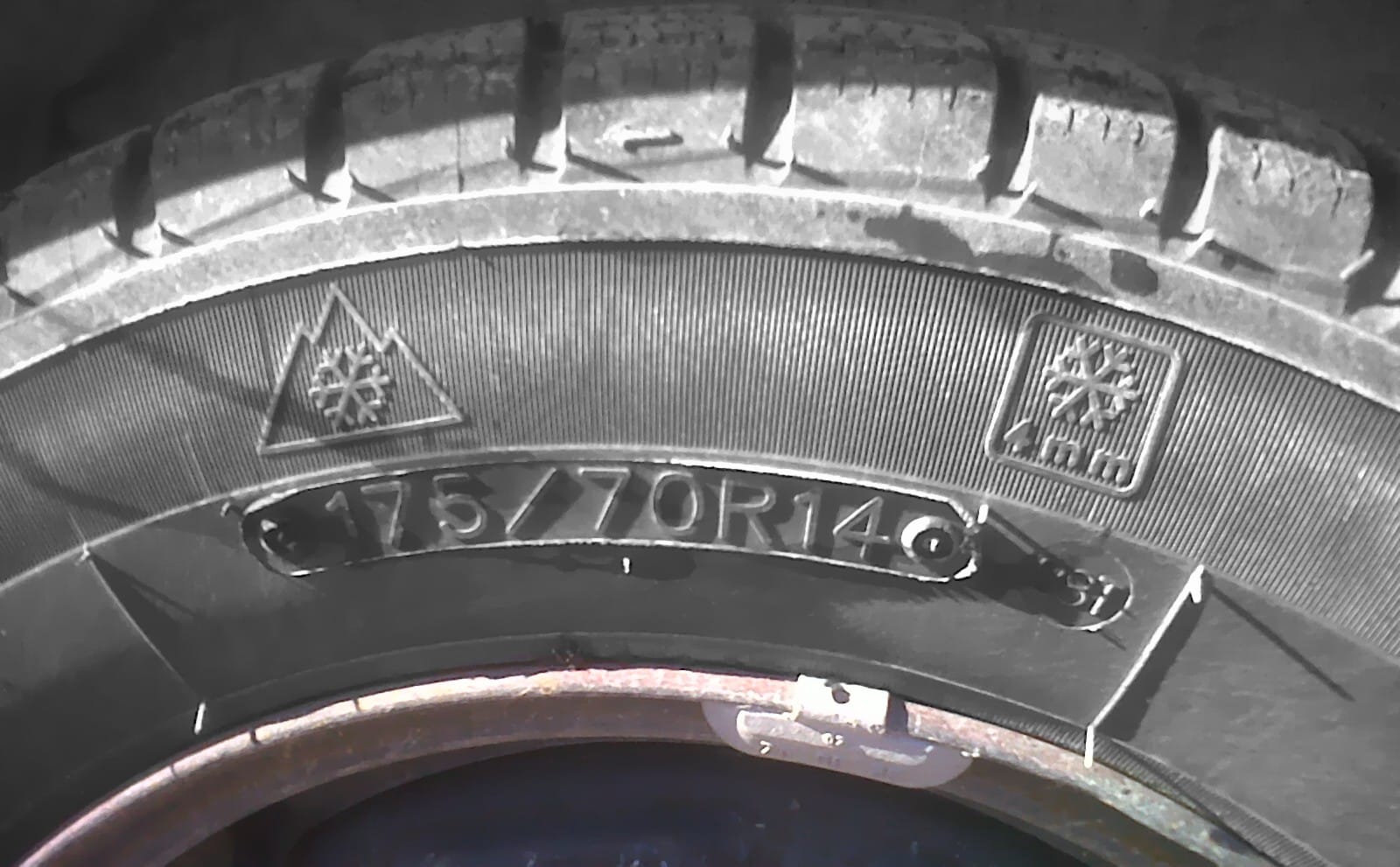The “Beast from the East” reminded all of us that no matter what date is on the calendar or how optimistic we are about spring’s arrival, if Mother Nature has a different opinion, we must be ready or chaos, unnecessary risks, injury and death, can ensue.
For many, the Met Office calling the 1st March the first day of spring seemed like a bad joke as most of the UK boasted dangerously low temperatures, accident hotspots, many roads were impassable and communities isolated, perhaps without power or sustenance.
Safety was at a premium, on foot and wheels
As a leading local tyre centre, we witnessed a sharp increase in enquiries about winter tyres which didn’t surprise our knowledgeable team. It’s ironic that when winter tyres are recommended but the weather isn’t too challenging that drivers shy away from an investment. They tend to assume that their all weather or summer tyres will exceed expectations and keep driver and passengers out of danger. When the snow descends in inches, that’s when the panic starts, and winter tyres become prized commodities. Subsequent flooding makes wet weather tyres a primary tool for smooth journeys.
Safe travel essentials during such hazardous times should include winter tyres plus emergency blankets, warm clothing, food and drinks supplies, in case routes become blocked.
Whilst winter tyres are not legally required in the UK, what greater reason could inspire you to source them than recent weather conditions?
We’re here to help you
Thatcham Tyres and Exhausts team, led by Mick Jones, is friendly, authoritative and focused on customer safety in all conditions. Proud to be a local tyre centre and competitive, we would be pleased to answer your questions, provide a quote or assess existing winter tyres, wet weather tyres and all-season tyres.
Winter tyres differ from standard tyres in design, material content and functionality.
Tyres have a logo on them; a snowflake or a snow topped mountain.
Winter tyres have a greater rubber and silica content which means that they don’t become rigid or brittle.
They have a deeper tread than standard tyres.
Winter tyres feature slits called sipes which enhance the grip, handling and braking abilities.
Pressure is correct for driving effectively in hazardous conditions.
The RAC states that at 20 miles per hour, winter tyres stop 11 metres before standard tyres on icy roads.
The AA advises that drivers should change all 4 tyres. If you’re tempted to change only 2 to cut costs this frequently presents vehicle stability issues.
All season tyres are perceived as a half measure. They benefit from a higher rubber content, but the tread cannot deliver the same safety levels as winter tyres.
Wet weather tyres are manufactured with a tread and sipes which displace water highly efficiently, improves grip and decreases the risk of aquaplaning significantly.
As “the Beast from the East” passes in to history, don’t forget that every season presents challenges for drivers. Winter 2018/2019 will be here all too soon. Be ready for anything.

